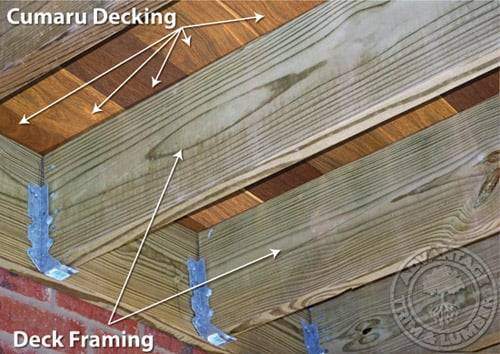Can You Use Aluminum Flashing with Pressure-Treated Lumber?
If you’re building or repairing a deck, you’ve likely wondered: Can you use aluminum flashing with pressure-treated lumber? The short answer is yes—but with some important caveats to ensure longevity and safety. At Advantage Lumber, we get this question a lot, especially from homeowners and builders focusing on ledger flashing. The ledger board, which attaches …





